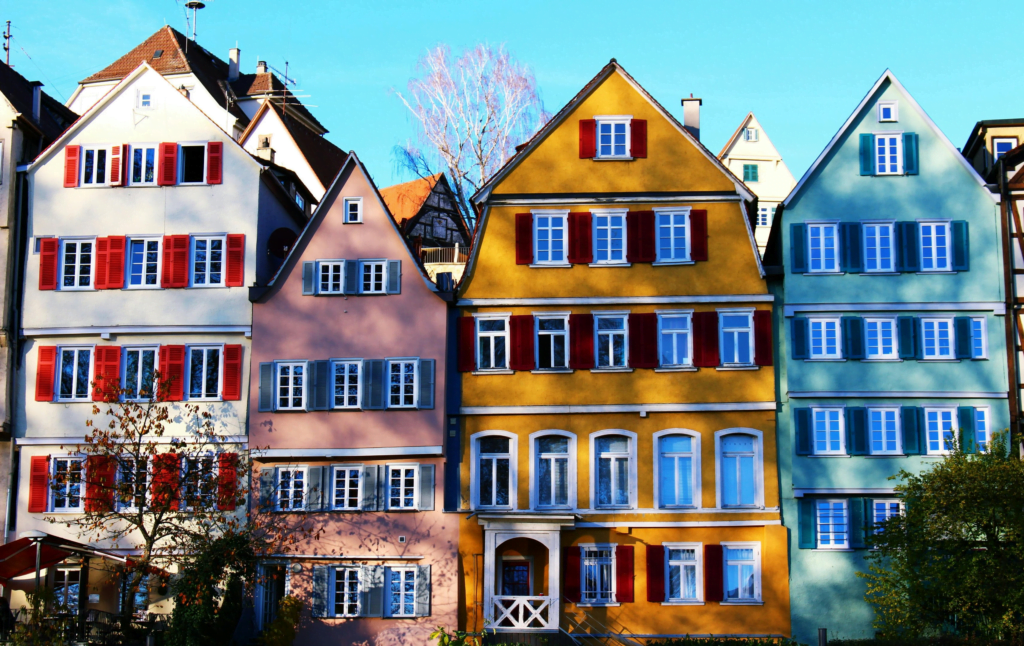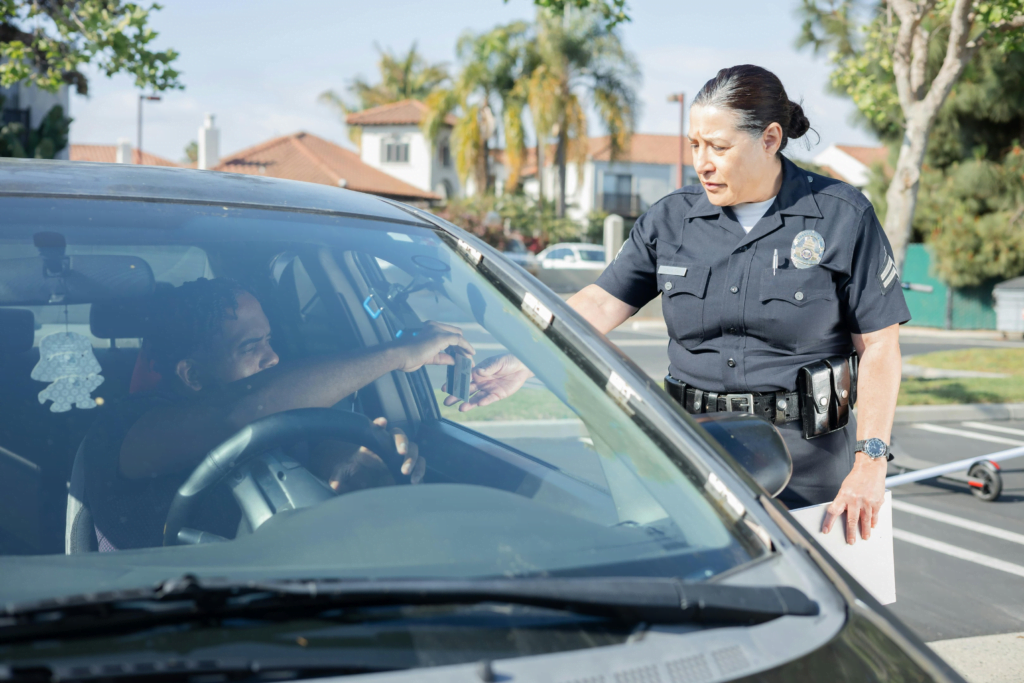
When learning about German culture and language, one of the most essential aspects to grasp is how Germans greet each other. Greetings can vary widely based on the level of formality, the relationship between people, and the context in which the interaction occurs. This article delves deep into the intricacies of German greetings, offering comprehensive information on both formal and informal greetings. By the end, you will have a well-rounded understanding of how to appropriately greet someone in Germany, ensuring you make a good impression.
Understanding the Importance of Greetings in German Culture
Germans place a strong emphasis on politeness and respect, which are reflected in their greeting customs. The way you greet someone often sets the tone for the rest of the conversation, making it an important part of interpersonal communication. Whether in a business meeting, at a casual gathering, or with family and friends, how you address someone can reflect the level of familiarity and respect in the relationship. Germans are known for being direct, and their greeting styles are no different.
Formal Greetings in Germany
1. “Guten Tag” (Good Day)
One of the most common and formal greetings in Germany is “Guten Tag,” which translates to “Good Day.” This greeting is typically used during daytime hours and is appropriate in a wide range of contexts, including business settings, with strangers, or in professional environments.
- Usage: “Guten Tag” is perfect for situations where you are unsure of the appropriate level of formality, such as when meeting someone for the first time or addressing someone in a formal or professional setting.
- Variations: Depending on the time of day, you can modify this greeting. “Guten Morgen” means “Good Morning,” while “Guten Abend” translates to “Good Evening.” These variations follow similar rules of formality.
2. “Grüß Gott” (God Greet You)
In southern Germany, particularly in Bavaria and Austria, you may hear the formal greeting “Grüß Gott.” This greeting has religious undertones, as it literally means “God greet you,” but it is commonly used in everyday situations.
- Usage: “Grüß Gott” is more formal than “Guten Tag” and is often heard in rural areas or in traditional settings.
- Tip: If you are in southern Germany, using “Grüß Gott” can show respect for local customs and traditions.
3. Addressing Titles and Last Names
In formal settings, especially in business or professional environments, it is crucial to address people by their titles and last names. Germans value hierarchy and respect, and addressing someone by their title shows acknowledgment of their position.
- Examples: If someone holds a doctorate, you would address them as “Herr Doktor Schmidt” or “Frau Doktor Müller.” Similarly, if someone is a professor, you would say “Herr Professor” or “Frau Professor.”
- When to Shift: Typically, you should wait for the other person to invite you to use their first name, which is common once a level of familiarity is established.
Informal Greetings in Germany
While formal greetings are essential in professional and formal settings, Germans also use a range of informal greetings with family, friends, and in casual encounters. Informal greetings are more relaxed and vary by region, age group, and social context.
1. “Hallo” (Hello)
“Hallo” is the most common and straightforward informal greeting in Germany. It is equivalent to “Hello” in English and can be used in a wide range of informal situations.
- Usage: “Hallo” is appropriate for greeting friends, family members, and people you are familiar with. It is also acceptable to use in casual encounters, such as at the supermarket or while meeting someone socially.
- Regional Variations: In northern Germany, people may say “Moin” instead of “Hallo.” This greeting is also informal and can be used any time of day.
2. “Hi” or “Hey”
Just like in English-speaking countries, Germans also use “Hi” and “Hey” as informal greetings. These greetings are very casual and typically used among young people or peers.
- Usage: These greetings are reserved for close friends or people in informal settings. You wouldn’t use “Hi” or “Hey” in a professional or formal context.
3. “Wie geht’s?” (How Are You?)
In informal settings, it is common to follow up the greeting with “Wie geht’s?” which means “How are you?” This phrase shows interest in the other person’s well-being and is a polite way to continue the conversation.
- Common Response: A typical response would be “Gut, danke!” (Good, thanks!). People may also respond with a more detailed answer depending on the situation.
4. “Servus”
In Bavaria and Austria, “Servus” is a friendly and informal greeting that can be used for both “Hello” and “Goodbye.” It is akin to saying “Hi” or “Bye” in English.
- Usage: This greeting is mostly used in southern Germany and Austria and is very casual. Using it in these regions can help you blend in and show respect for local traditions.
Handshakes, Eye Contact, and Body Language
While the words you use to greet someone are important, equally significant are non-verbal cues such as handshakes, eye contact, and body language. These are key elements of German greeting etiquette, whether in formal or informal contexts.
1. Handshakes
In formal settings, handshakes are the norm. Germans often begin meetings or formal interactions with a firm handshake while maintaining direct eye contact. The handshake should be brief but firm, as a weak handshake may be perceived as a lack of confidence or respect.
- Tip: Always stand when greeting someone with a handshake, as sitting can be seen as disrespectful.
- Cultural Note: In more informal settings, a handshake may still be used, particularly when meeting someone for the first time, but among friends and close acquaintances, it may be replaced with a hug or simply a verbal greeting.
2. Eye Contact
Maintaining eye contact during a greeting is essential in German culture. It is seen as a sign of respect, confidence, and sincerity. Avoiding eye contact may come across as rude or disingenuous.
- Tip: Even when greeting informally, maintain some level of eye contact to show attentiveness and respect.
3. Hugging and Kissing
While hugging and kissing on the cheek are common in some European countries, these practices are less widespread in Germany. Typically, only close friends and family members greet each other with a hug, and cheek kissing is rare outside of very personal relationships.
- Tip: If you are unsure, wait for the other person to initiate a hug or kiss on the cheek.
Greeting in Different Contexts
The way Germans greet each other can also vary depending on the context. Let’s explore how greetings change based on specific situations.
1. Business Meetings
In formal business settings, greetings are more structured and formal. You should address colleagues and business associates by their titles and last names until given permission to use first names. A firm handshake, direct eye contact, and a polite “Guten Tag” are standard.
2. Family Gatherings
In family settings, greetings tend to be more relaxed. While children may address their elders with formal titles, the overall tone is informal, and casual greetings like “Hallo” or “Wie geht’s?” are common. Hugs are also more common within family circles.
3. Social Gatherings and Parties
At social events or casual parties, people tend to greet each other more informally. “Hi,” “Hey,” or “Hallo” are standard greetings. If it’s a larger gathering, a simple wave may suffice instead of a more direct greeting.
Conclusion
Understanding how Germans greet each other is a vital part of mastering the language and adapting to German culture. Formal greetings such as “Guten Tag” or “Grüß Gott” are essential in professional settings, while informal greetings like “Hallo” and “Hi” are more suitable for casual encounters. Don’t forget the importance of handshakes, eye contact, and respecting personal space during greetings.
By learning and practicing these customs, you will make a positive impression whether you are in a professional meeting, a social gathering, or simply interacting with locals during your trip to Germany.


